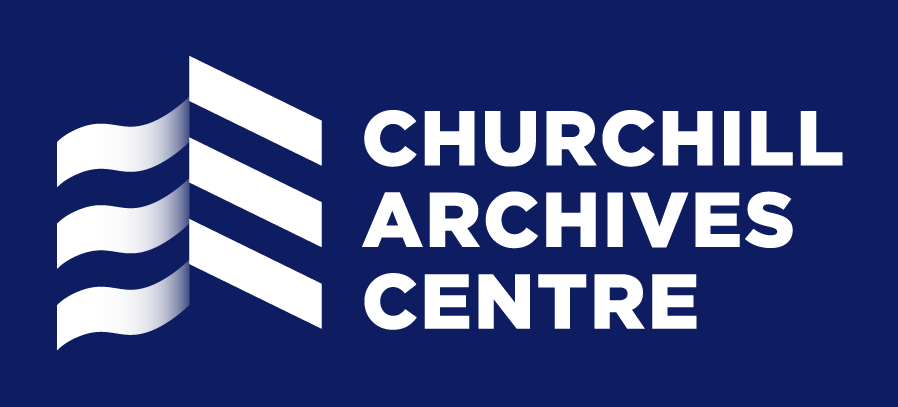Guidelines for Guest Bloggers
We welcome submissions from researchers who have found something in our collections that they wish to share with a wider audience. This page gives advice about writing a compelling blog post.
Length
Keep it fairly short, please! Ideally, a blog post should be no more than 500 words. Keep your paragraphs short (no more than three sentences) so that your article is easy to follow. Bear in mind that some readers will be accessing the blog on their phone, rather than a desktop.
Style
While most of our blog readers have an interest in history, they will probably not be familiar with your topic. When writing about your research, please do so in a clear, succinct, accessible style. Avoid using jargon, and explain any concepts that you feel readers would need to understand to grasp your research.
Title
Please keep your title short, snappy, and relevant. The best titles are eye-catching or witty, enticing readers, making them want to know more. Make sure your first sentence uses some keywords that are relevant to your research, so that it shows higher in search results.
Images
A few images could really help to lift your blog. There are no hard or fast rules about how many photographs to include, but around four photographs per blog post is a good amount, providing visuals without overwhelming readers.
If you’d like to supply your own pictures that you’ve taken in the reading room, that’s fine. Any images that we use on the website will be fairly low-resolution JPGs. We do have a stock of images for most collections, but unfortunately there’s no guarantee that your item will be among them.
Please write a caption for each image that includes the item’s reference code (e.g. HLSM 1/2). Nothing more frustrating for other researchers than seeing a nice pic and not knowing where it comes from!
It’s good to have a picture of the proud author in our guest blogs, too, but this is not compulsory.
As blogs are online publications, copyright law will apply to images of archive material. The intellectual copyright for most archival collections does not belong to the Archives Centre – usually, it belongs to the original creator of the item, or to their descendants. Archives staff are happy to help advise about copyright.
References and footnotes
In a short blog, lengthy footnotes probably won’t be needed, and they can be a bit of a distraction. But, as with images, you should include the item or collection’s reference code (e.g. HNKY for the whole collection, or HNKY 2/3 for the item). You can also provide links to catalogue page for the item or collection on ArchiveSearch. If you have a book or article which has been informed by your research in the archives, we can add a link to that, too.
Publication date
Is there a topical event, exhibition, or anniversary which coincides with the topic of your blog? If so, let us know and we can ensure that we publish it at the most relevant time.
Social media
We currently have active social media pages on: Bluesky, Instagram, and LinkedIn. We make a post on social media when a new blog post goes active. If you are on any of these platforms, let us know, and we can tag you. Please also let us know of other organisations or institutions that may be interested in the blog post.
And finally …
Don’t forget to add your name, job title, and affiliation!
Looking for inspiration?
Copyright in the blog will be retained by the writer, but Churchill College will be licensed to use the content on our website and on all related social media channels in all formats in perpetuity. Blog posts reflect the writer’s own views and research. Publication on the Churchill College website does not signify formal endorsement.

